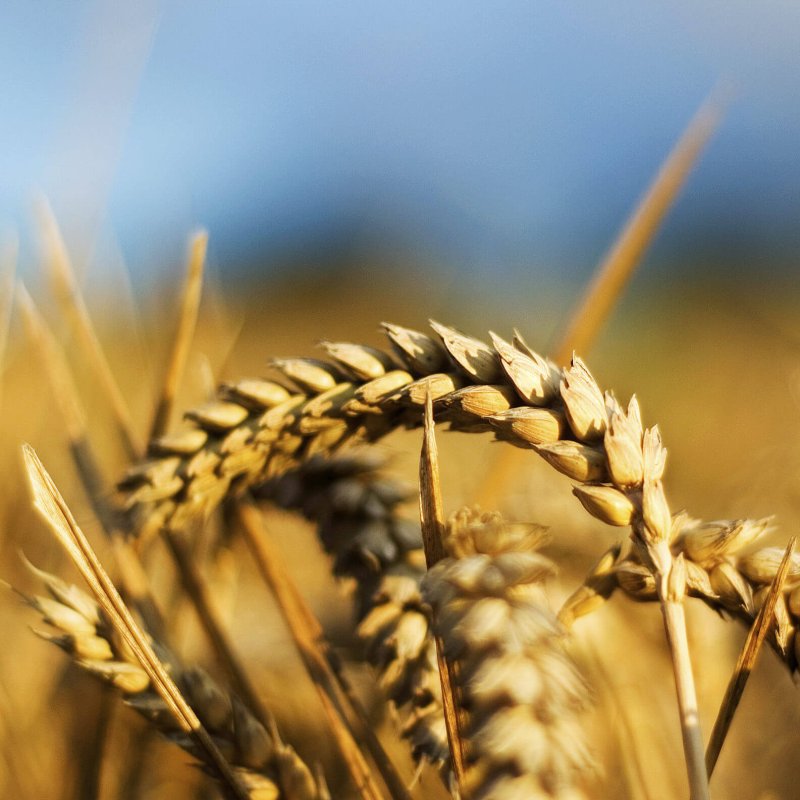New work from a joint team of plant biologists and ecologists from Carnegie and Stanford University has uncovered the factor behind an important innovation that makes grasses—both the kind that make up native prairies and the kind we’ve domesticated for crops—among the most-common and widespread plants on the planet. Their findings may enable the production of plants that perform better in warmer and dryer climate conditions, and are published by Science.
…
[T]he team … used sophisticated research techniques to identify a specific gene that enables Brachypodium [a relative of wheat] to form the lateral subsidiary cells. The gene, called BdMUTE, encodes a protein that is considered a “master regulator” of cell behavior by turning on and off other genes that give cells their unique properties.…
“[C]ould this finding be utilized to make crops more resistant to warm climates and water-scarce conditions?” [said lead author of the study Dominique] Bergmann. “This presents an interesting target for further research that aims at engineering stomatal form and function to help crops cope in a changing climate, and ultimately, provide food for our ever-growing population.”
[Read the full study here (behind paywall)]
The GLP aggregated and excerpted this blog/article to reflect the diversity of news, opinion, and analysis. Read full, original post: How improved valves let grasses “breathe,” cope with climate change
For more background on the Genetic Literacy Project, read GLP on Wikipedia































